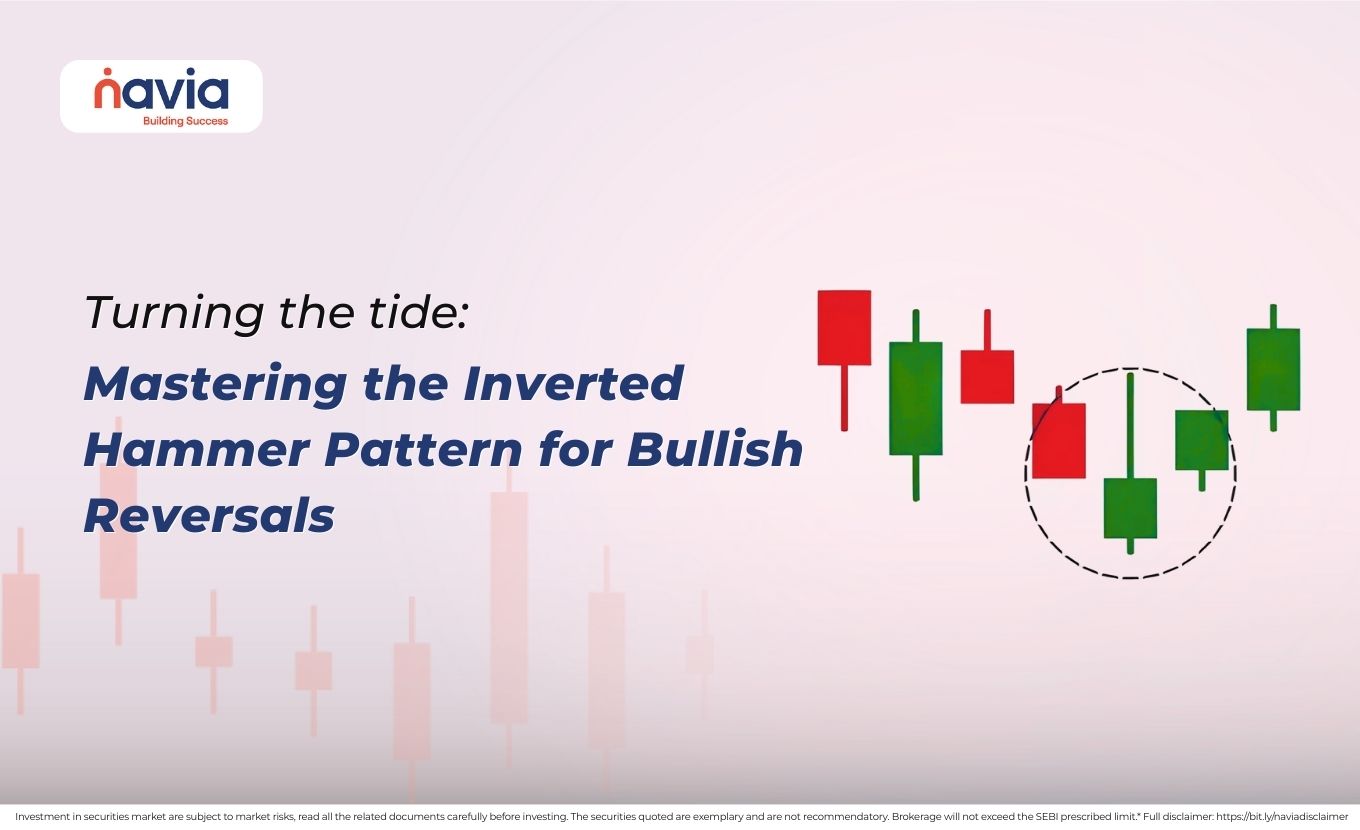Strategies for new traders to avoid losses in derivatives trading?

As per the new SEBI report, a staggering 91.1% of individual traders in the Futures and Options (F&O) segment experienced net losses in FY24. This equates to approximately 73 lakh traders, with an average loss of ₹1.2 lakh per person. We have explained this report in simple form here.
For new traders entering the derivatives market, avoiding significant losses requires a clear understanding of the high risks involved and adopting disciplined strategies. Here are some strategies that can help new traders minimize losses in derivatives trading:
1. Start Small and Learn Gradually
🔍 Strategy: Begin trading with a small amount of capital to gain experience and understand how derivatives work before increasing your exposure.
⮚ Reason: Derivatives, especially options and futures, can be highly leveraged, meaning small price movements can result in significant profits or losses. Starting small allows new traders to limit potential losses while learning.
2. Stick to Simple Strategies
🔍 Strategy: Use basic strategies, such as covered calls or protective puts, which are easier to manage and lower risk compared to complex multi-leg options strategies.
⮚ Reason: Advanced strategies like iron condors or butterflies require a deep understanding of market behavior. Simple strategies limit risk and are easier for new traders to control.
3. Understand the Risk-Reward Ratio
🔍 Strategy: Before entering any trade, calculate the risk-reward ratio. This ratio compares the potential profit against the potential loss.
⮚ Reason: A good risk-reward ratio helps ensure that you’re not risking more capital than the trade’s potential upside. Ideally, aim for a risk-reward ratio of 1:2 or better.
4. Use Stop-Loss Orders
🔍 Strategy: Always set stop-loss orders to limit potential losses. A stop-loss automatically exits a trade if the price moves against you beyond a certain point.
⮚ Reason: Stop-loss orders help traders manage downside risks by capping potential losses in a trade, preventing emotional decision-making.
5. Avoid Over-Leveraging
🔍 Strategy: Use leverage cautiously, or avoid it altogether if you are a new trader.
⮚ Reason: Leverage amplifies both gains and losses. New traders often get caught in large positions with leverage, which can lead to massive losses if the market moves unexpectedly.
6. Focus on Risk Management
🔍 Strategy: Allocate a specific portion of your portfolio (e.g., 1-2% per trade) to derivatives trading. Do not risk your entire capital in a single trade.
⮚ Reason: Proper risk management is crucial in derivatives trading. If losses are kept small, it becomes easier to recover from them over time.
7. Avoid Chasing Losses (Revenge Trading)
🔍 Strategy: If you incur a loss, take a step back and avoid trying to immediately recover the loss through aggressive trades.
⮚Reason: Revenge trading often leads to poor decision-making, emotional trading, and even larger losses.
8. Stick to a Trading Plan
🔍 Strategy: Have a well-defined trading plan before entering the market. The plan should include your risk tolerance, profit goals, and exit strategy for each trade.
⮚ Reason: A disciplined approach prevents impulsive trades based on emotions or short-term market movements.
9. Educate Yourself Continuously
🔍 Strategy: Spend time learning about derivatives, the underlying assets, and market conditions. Use paper trading (simulated trading) platforms to practice without risking real money.
⮚ Reason: The derivatives market is complex, and continuous learning helps traders improve their skills and avoid common pitfalls.
10. Monitor Transaction Costs
🔍 Strategy: Be mindful of transaction costs such as brokerage fees, taxes (like STT and GST), and other charges.
⮚ Reason: High transaction costs can significantly erode profits and increase losses, especially for frequent traders. Understanding the cost structure helps avoid over-trading.
11. Use Derivatives for Hedging, Not Just Speculation
🔍 Strategy: Use derivatives to hedge existing positions (e.g., buying a put option to protect against a decline in your stock holdings).
⮚ Reason: Hedging helps offset potential losses in the underlying asset, whereas speculative trades are riskier and can result in higher losses.
12. Follow Market Trends
🔍 Strategy: Keep track of major market trends, volatility indicators, and sentiment.
⮚ Reason: Trading against the prevailing market trend without proper strategies can increase the chances of losses. Following market trends helps traders make informed decisions.
13. Avoid Trading During High Volatility Periods
🔍 Strategy: New traders should avoid trading during periods of high market volatility, such as during significant news events or earnings reports.
⮚ Reason: High volatility can lead to erratic price movements, making it harder for new traders to predict market behavior and increasing the likelihood of losses.
14. Use Technical and Fundamental Analysis
🔍 Strategy: Base your trades on a combination of technical analysis (chart patterns, indicators like moving averages, RSI) and fundamental analysis (economic data, company reports).
⮚ Reason: Relying on technical and fundamental indicators improves your odds of making well-informed decisions rather than making emotional trades based on market noise.

DISCLAIMER: Investments in the securities market are subject to market risks, read all the related documents carefully before investing. The securities quoted are exemplary and are not recommendatory. Brokerage will not exceed the SEBI prescribed limit.
We’d Love to Hear from you





